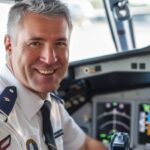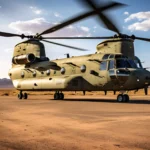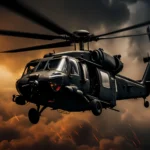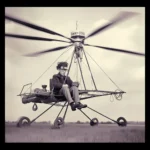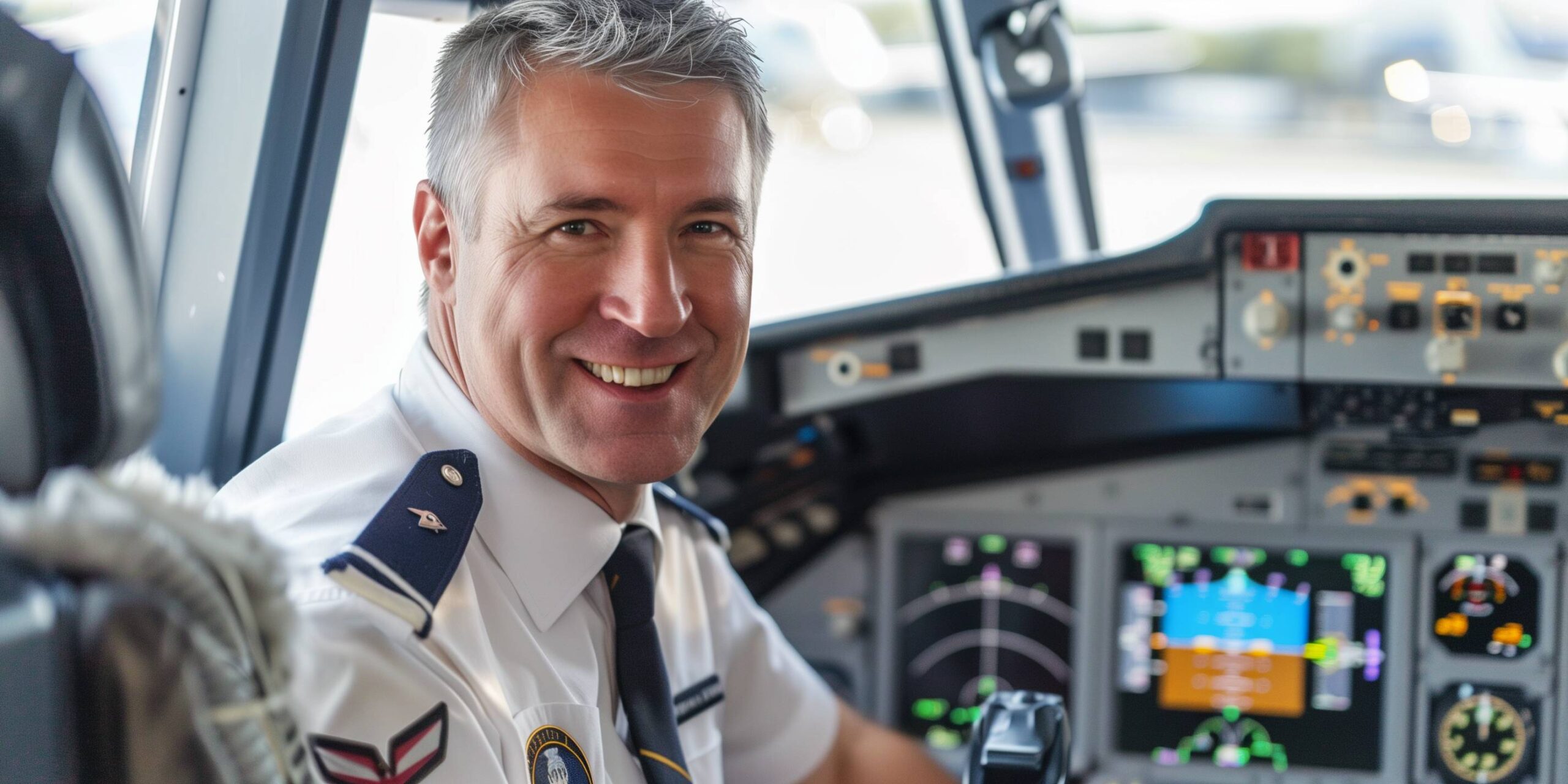The aviation industry is steeped in history and tradition, with pilot attire and grooming standards being a significant part of this legacy. Understanding why pilots are not allowed to have full beards is not just about fashion or aesthetics; it’s a matter of safety, functionality, and professionalism. In this blog post, we delve into the history of pilot fashion, the reasons behind the beard restrictions, and how pilots can maintain their grooming standards, including using the best electric razors for beard trimming.
The Evolution of Pilot Fashion
Pilot fashion has evolved significantly since the early days of aviation. In the early 20th century, pilots wore practical clothing that resembled military attire, often including leather jackets, scarves, and goggles to protect them from the elements in open-cockpit aircraft. As commercial aviation developed, the attire became more formal and standardized. This change was partly influenced by the military background of many early commercial pilots and the desire to convey authority and professionalism to passengers.
Today, pilot uniforms typically consist of a crisp shirt, tie, epaulets denoting rank, and a blazer or suit jacket. This professional appearance extends to grooming standards, where neatness and tidiness are paramount.
The No-Full-Beard Rule – Safety and Practicality
The restriction against full beards for pilots primarily revolves around safety concerns. The primary reason is the need for an airtight seal when using an oxygen mask. Pilots must don oxygen masks quickly in the case of cabin depressurization or smoke. A full beard can prevent the mask from fitting correctly, posing a potential safety risk. This concern is theoretical and based on rigorous safety tests and studies conducted by aviation regulatory bodies.
Additionally, the clean-shaven rule helps maintain a uniform and professional appearance, aligning with the industry’s standards of discipline and precision.
Maintaining Grooming Standards – Using the Best Electric Razors
Pilots must take their grooming routine seriously, given the restrictions on facial hair. This is where the role of a high-quality electric razor comes in. An electric razor is ideal for pilots who need to maintain a well-groomed appearance. The best electric razor offers a quick, efficient, and skin-friendly way to manage facial hair.
Pilots should look for features that suit their skin type and beard texture when selecting an electric razor. A razor that offers various length settings can be handy for those who prefer to maintain a stubble look, which is typically permissible. Additionally, razors with flexible heads and precision trimmers can help achieve a clean and close shave, which is essential for meeting the grooming standards of the aviation industry.
Shaven for safety
The prohibition against full beards in the pilot profession is more than a fashion statement; it’s a safety protocol and a nod to the industry’s history of discipline and professionalism. As pilot fashion has evolved, the emphasis on a clean-shaven appearance has remained consistent, reflecting the industry’s commitment to safety and professionalism.
For pilots, maintaining this standard means investing in the right tools, like a high-quality electric razor, to ensure they meet these strict but essential grooming standards. It’s a small but significant aspect of the larger responsibility pilots bear in the safe and efficient operation of aircraft, reflecting the seriousness and professionalism of the aviation industry.
